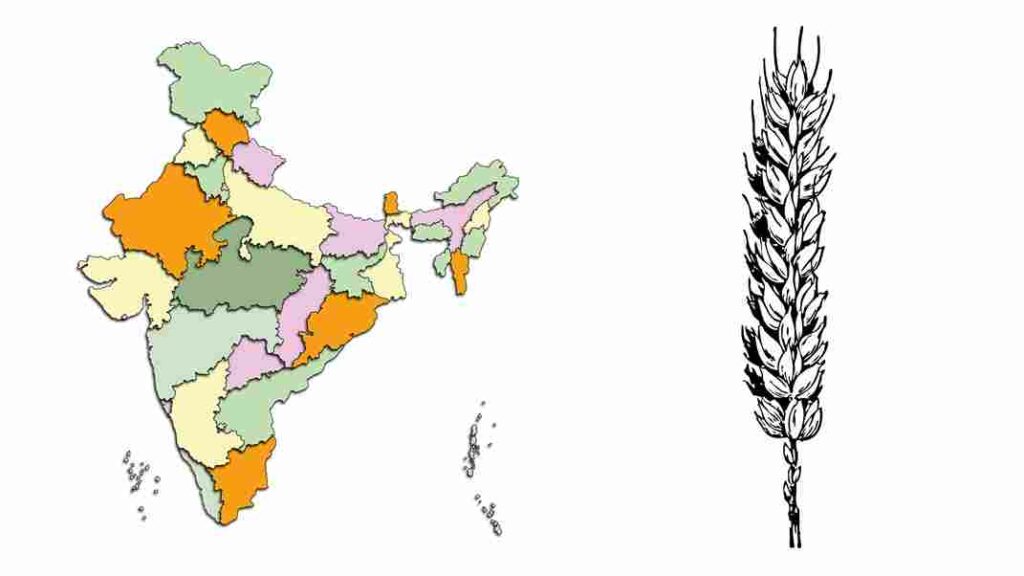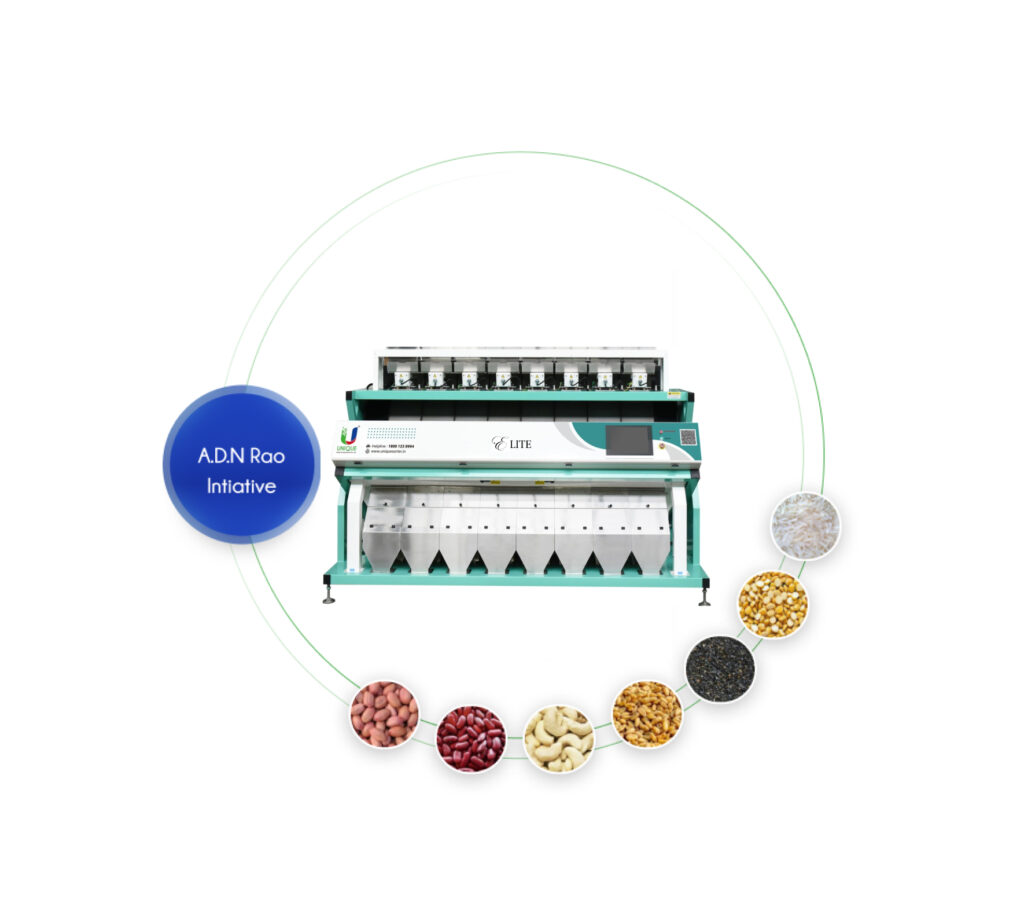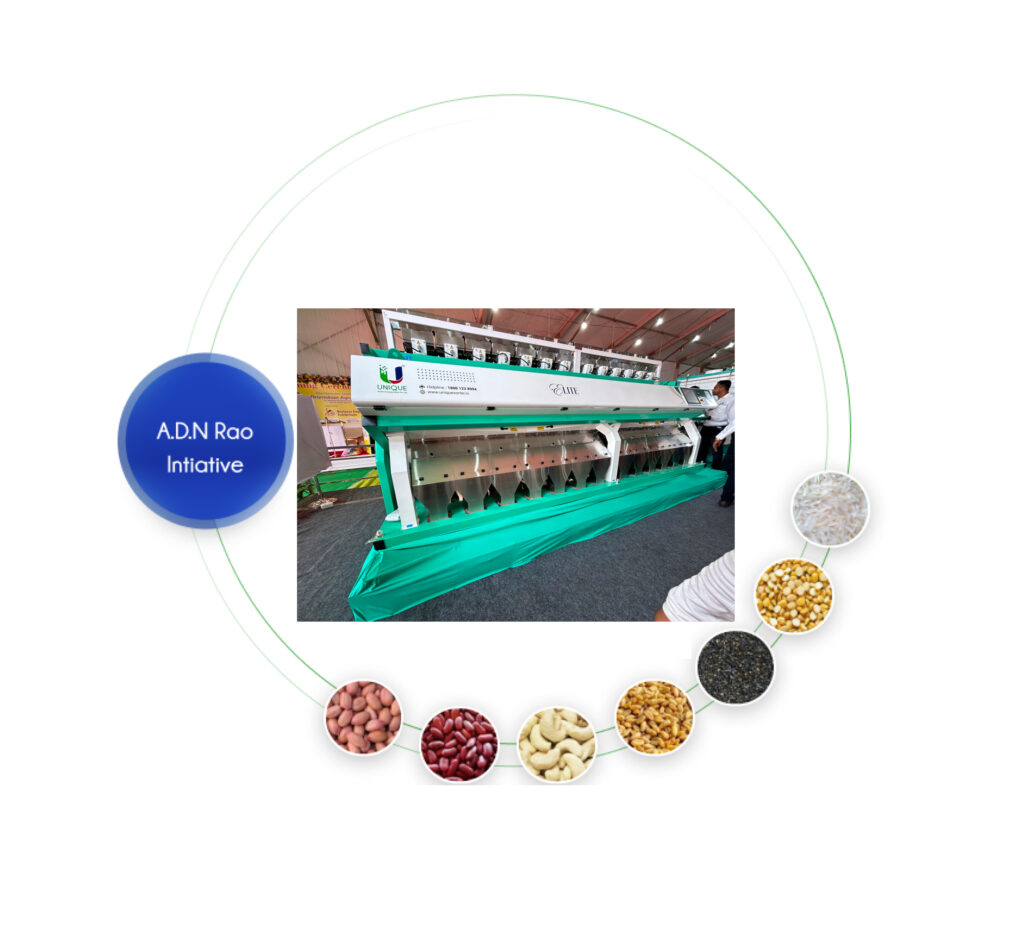Rice Market Transformation in India- An Overview

Rice, revered as both a cereal and a sacred offering in Hindu rituals, holds a special place in the hearts of Indians and economists alike. As the staple cereal of India, rice production and trade have played a pivotal role in shaping the nation’s economy. In recent decades, the rice market in India has undergone a remarkable transformation, propelled by various factors such as government policies, technological advancements, and shifting global demands. This blog provides an in-depth exploration of the key milestones, trends, market size, reports, and the future outlook of the Indian rice industry.
Rice Market Trends in India
The Indian rice market has experienced a gradual yet significant evolution in recent years, driven by tangible factors such as the adoption of modern farming techniques and the widespread use of high-yielding variety (HYV) seeds. Government policies, including Minimum Support Price (MSP) schemes and subsidies, have played a crucial role in boosting rice production and exports. Furthermore, the advent of digitalization and modern technology has revolutionized traditional farming practices, paving the way for increased efficiency and productivity.
Rice Market Size in India
India boasts one of the largest rice markets globally, with vast cultivation areas and substantial production volumes. The total area under rice cultivation in India exceeds 44 million hectares, with an annual production output of approximately 144 million tons. However, the market size encompasses not only production but also domestic consumption, which accounts for around 100 million tons annually. Government initiatives and pragmatic approaches, such as promoting rice exports to stimulate demand, have further propelled the growth of the Indian rice market.
Rice Market Report in India
Authenticating claims with data and statistics is imperative when discussing the rice market in India. According to reports from Statista and Research and Markets, India’s rice production volume has witnessed substantial growth over the past decade, reaching 124 million metric tons. Additionally, projections indicate a positive trajectory for the packaged rice market, with experts forecasting a significant increase in supply volume by FY 2027. However, uncertainties arising from the COVID-19 pandemic necessitate ongoing monitoring and analysis of market dynamics.
Future of Rice Mill in India
Looking ahead, the future of the rice milling market in India holds promising prospects. The efficiency and performance of rice mill plants, particularly the 50-ton segment, are crucial for profit acquisition and are well-suited for small-scale rice factories. Projections suggest that the Indian rice milling market is poised to surpass USD 49.43 million by 2026, driven by continued advancements in technology and evolving consumer preferences.
Conclusion
The transformation of the Indian rice market underscores the complex interplay of various factors, including government policies, technological innovations, and global market dynamics. Despite challenges posed by natural disasters and fluctuating demand, concerted efforts by stakeholders across the agricultural sector have sustained the market’s resilience and adaptability. As rice continues to be a cornerstone of Indian agriculture and culture, ongoing investments in research, infrastructure, and sustainable practices will be essential to ensure its long-term viability and prosperity.
Frequently Asked Questions
How important is the rice market in the Indian economy?
Rice plays a vital role in the Indian economy as a staple cereal, contributing to food security and livelihoods. Its stable supply and demand presence help alleviate poverty and hunger, making it an integral component of the nation’s agricultural landscape.
What is the nature of the rice market?
The rice market in India often operates as an oligopoly, where a few large producers dominate the market and influence pricing. However, the forces of demand and supply ultimately determine market dynamics.
What are the major methods of rice cultivation?
Conventional methods of rice cultivation include controlled leveling of fields, crop rotation practices, judicious application of fertilizers, and post-harvest assessments to optimize yields and quality.
What are the major mechanical tools for rice cultivation?
Modern rice cultivation relies on a range of mechanical tools and equipment, including rotavators, disc plows, mechanical transplanters, and rice milling machines such as paddy cleaners, hullers, and destoners, to streamline production processes and enhance efficiency.
Get A Quote
Related Post
Discover the art of precision with our color sorter: revolutionizing sorting processes with unparalleled accuracy and efficiency.
Elite Corn Color Sorter Machine
Elite Corn Color Sorter Machine, powered by the revolutionary Jarvis system and Smart vision technology.

Elite Coffee Bean Sorter Machine
Elite Coffee Bean Sorter Machine, a pinnacle of precision and efficiency in the world of coffee sorting technology.

Elite Spices Color Sorter Machine
Revolutionize your spice sorting processes with unmatched efficiency and accuracy of Elite spice sorter.


